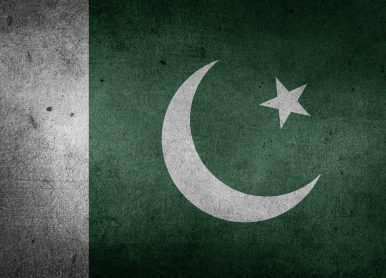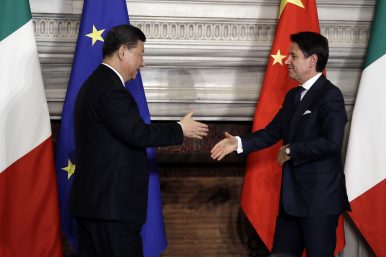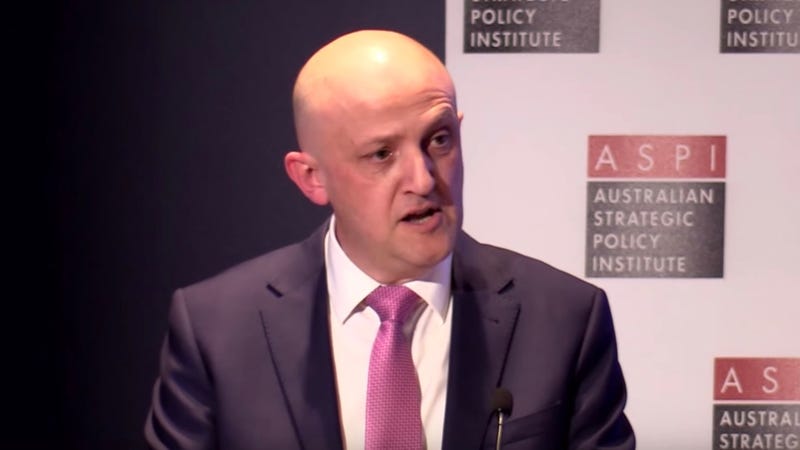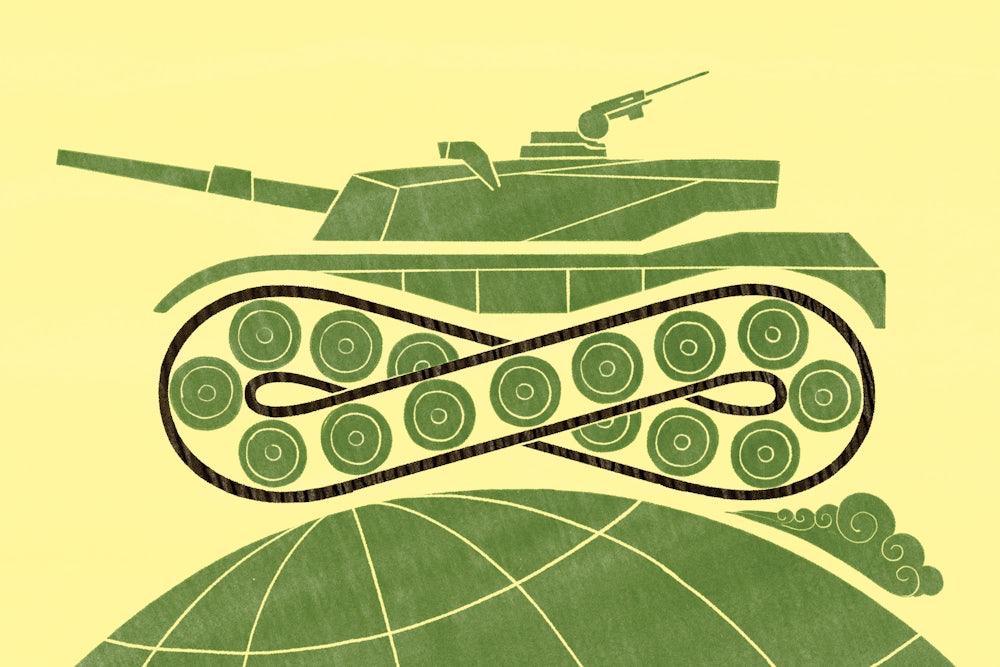GIDEON RACHMAN
Brexit is part of a wider European struggle All of the EU’s big six countries are facing deep internal divisions GIDEON RACHMAN Add to myFT Share on Twitter (opens new window) Share on Facebook (opens new window) Share on LinkedIn (opens new window) Share Save Save to myFT Topic Tracker Gideon Rachman MARCH 25, 2019 Print this page485 The largest pro-EU demonstration in history took place last Saturday. Ironically, this display of Europhilia happened in a country that is about to leave the EU, as up to 1m people took to the streets of London to protest against Brexit. Leaving the EU has had the paradoxical result of creating something entirely new — a passionate pro-European movement in Britain. Ransacking my memory for the last time I can remember so many demonstrators carrying the EU flag, the best I could come up with was Kiev in 2013-14, when Ukrainians protested in the streets against their government’s decision not to sign an association agreement with the EU.
That is a less than happy parallel, given that many of the Kiev demonstrators were shot in the streets, setting off a train of events that culminated in a war. Britain’s Brexit agonies are unlikely to lead to anything quite so drastic. But the country is now split down the middle over the European question, with the divide between Leavers and Remainers representing a new form of identity politics that goes well beyond attitudes to the EU. In all probability, the Remainer surge has come too late to prevent Brexit. But the Brexiters’ victory — if it is finally achieved — will come at the price of a bitterly divided country and a lousy deal that most people (including most Leavers) will detest. The Brexiter fantasy of a happily united Britain celebrating its “independence day” from the EU was deluded, like so much else in their prospectus. But the UK is not the only politically riven country in Europe. On the same day that Remainers were protesting in London, the anti-establishment gilets jaunes were once again demonstrating in Paris and other French cities.
The previous weekend had seen mass demonstrations by Catalan separatists on the streets of Madrid. Brexit: Theresa May does not yet have third meaningful vote support All this European street politics suggest that Britain’s current upheavals are part of a wider pattern. All of the EU’s big six (in terms of population) — Germany, France, Britain, Italy, Spain and Poland — are facing deep internal divisions that would have been hard to imagine even five years ago. And while the issues are distinctive in each country, events in one country often spill across borders by changing the political mood elsewhere. Britain’s vote to leave the EU in 2016 was influenced by the German refugee crisis of 2015. The most radical wing of the Leave campaign in Britain has taken to wearing the yellow vests of the anti-Macron protesters in France. The move to stage an independence referendum in Catalonia took inspiration from the referendum staged in Scotland in 2014.
The interconnected nature of European politics should underline to EU leaders that their own politics are likely to be deeply affected by how things turn out in Britain. That matters because Europe is hardly stable at the moment. Nationalist-populist governments are already in power in Italy, Hungary and Poland and form part of the coalition government in Austria. The far-right has also performed strongly in elections in France, Germany and the Netherlands, and is making gains in Spain. Join the Europe Talks project The Financial Times is collaborating with 16 news organisations for an experiment called Europe Talks, where we connect thousands of Europeans for face-to-face conversations across borders. Would you like to be involved? Click here to find out more. Looking at this parade of political dysfunction makes Brexit look like the British version of a wider crisis, rather than some freakish aberration. Indeed, the UK has avoided some of the worst symptoms of the European disease. The rival factions of Leavers and Remainers are camped outside parliament with their flags and there is plenty of rage flying around — but, so far, little street violence. That is a stark contrast with France, where the gilets jaunes once again ran rampage in Paris on March 16.
Scotland’s “separatists”, unlike their Catalan equivalents, are not on trial — they are active and important participants in the Brexit debate. But, unfortunately for the British, that is where the crumbs of comfort run out. The sad truth is that the country’s version of the wider European crisis is uniquely self-destructive. That is because Brexit is simultaneously a rupture in the country’s legal order, a resignation from the country’s most important international alliance and, in all probability, a severe shock to the economy. Recommended European Parliament elections The European parliament elections: an interactive guide That is an extraordinary triple blow to the stability of the UK. And while new extremist parties are not on the rise, that is partly because the far left has taken over the leadership of the Labour party, while the nationalist right have formed their own bloc within the governing Conservatives. The fact that Britain’s political crisis is particularly acute poses a dilemma for the remaining centrist European leaders.
They have to ask themselves whether it is worth cutting Britain loose in the hope of discrediting nationalist and illiberal forces across the EU. Set against that, they must take into account the risk that a no-deal Brexit would deepen Europe’s economic and political crisis, and therefore ultimately strengthen left and rightwing populist forces across the continent. Saturday’s demonstration in London has added a new factor to the equation. Should the EU seek to encourage the burgeoning pro-Europe movement within Britain and, if so, how? Or would such an intervention backfire? There are no easy answers for EU leaders. Yet they must now realise that their decisions will affect not only Britain, but the stability of the whole European continent.
 Indian Prime Minister Narendra Modi is finally doing something about his country’s sluggish approach to the Middle East. Over the past five years, he has pushed an aggressive strategy of partnering with Saudi Arabia, the United Arab Emirates, and Israel in a bid to attract investments and forge deeper security partnerships. In doing so, he has largely ignored Iran and broken with India’s Cold War-era legacy in the region.
Indian Prime Minister Narendra Modi is finally doing something about his country’s sluggish approach to the Middle East. Over the past five years, he has pushed an aggressive strategy of partnering with Saudi Arabia, the United Arab Emirates, and Israel in a bid to attract investments and forge deeper security partnerships. In doing so, he has largely ignored Iran and broken with India’s Cold War-era legacy in the region.











/arc-anglerfish-arc2-prod-mco.s3.amazonaws.com/public/WN4A4G54TZAJRLIL57RAV4ZQQI.jpg)

